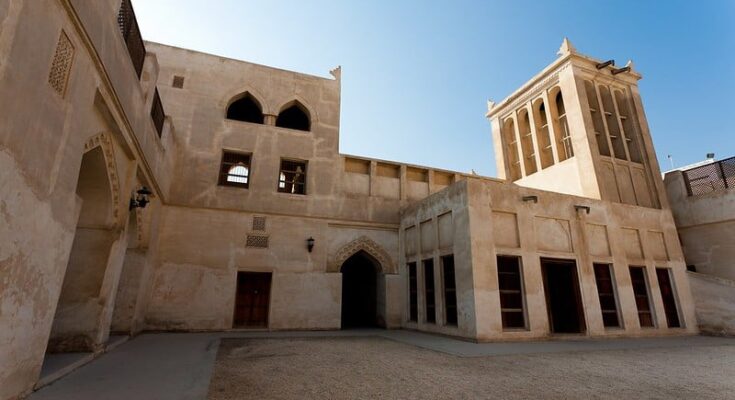Researchers from the University of Exeter, working with the Bahrain Authority for Culture and Antiquities, have found the first physical proof of an old Christian community in Samahij, Bahrain.
This important discovery shows that Christianity existed in the Persian Gulf a long time ago. Specifically, it highlights the Church of the East, also called the Nestorian Church, which was present in the area before most people converted to Islam in the 7th century.
The Nestorian Church, a major early Eastern Christian denomination, formed as a result of disagreements about the nature of Christ. Followers had their own beliefs and worship practices. According to tradition, Thomas the Apostle established the denomination in the first century.
The Nestorian Church was important in the Gulf region until the rise of Islam in 610 AD, which led many to convert to the new faith, as reported by Archaeology Mag.
Building might be the palace of Bishop of Meshmahig
It has been found that the site in Samahij was in use in the mid-4th to mid-8th centuries AD. Excavations uncovered a large, well-constructed building with stone walls and plastered interiors and floors.
This building is thought to be the palace of the Bishop of Meshmahig, the old name for Samahij. It had eight rooms, including a kitchen, a dining room, a possible workroom, and three living rooms. The building remained intact over the centuries because a mosque was later built on top of it.
Historical records show a troubled relationship between Meshmahig and the main church authorities. In 410 AD, a bishop from Meshmahig was excommunicated. In the mid-7th century, another bishop was condemned for opposing church unity.
Professor Timothy Insoll from the Institute of Arab and Islamic Studies at the University of Exeter, who co-led the excavation, said, “This is the first physical evidence found of the Nestorian Church in Bahrain and gives fascinating insight into how people lived, worked, and worshiped.”
Building’s occupants had a high standard of living
The building’s residents enjoyed a high standard of living. They dined on pork, fish, shellfish, and various crops. After converting to Islam, pork disappeared from their diet.
Researchers found carnelian beads, Indian ceramics, and numerous pottery fragments. These are proof of active trade, especially with India. They also found glassware, including small wine glasses and copper coins from the Sasanian Empire, highlighting their wealthy lifestyle.
Researchers discovered spindle whorls and copper needles at the site, hinting at textile production, possibly for religious purposes. The Christian nature of the building’s residents is evident. Three plaster crosses and graffiti with early Christian symbols like the Chi-Rho and a fish were uncovered.
The excavation, carried out from 2019 to 2023, was a joint effort by Professor Insoll and Dr. Salman Almahari of the Bahrain Authority for Culture and Antiquities.



